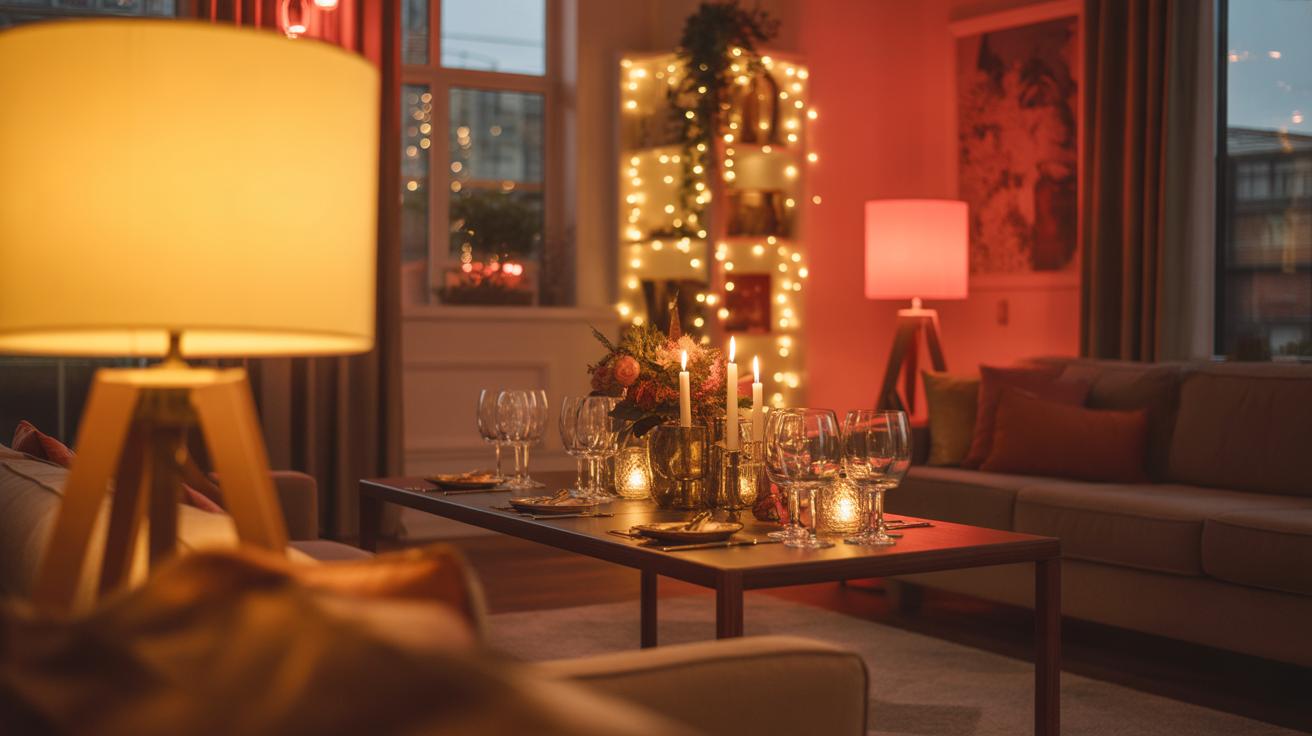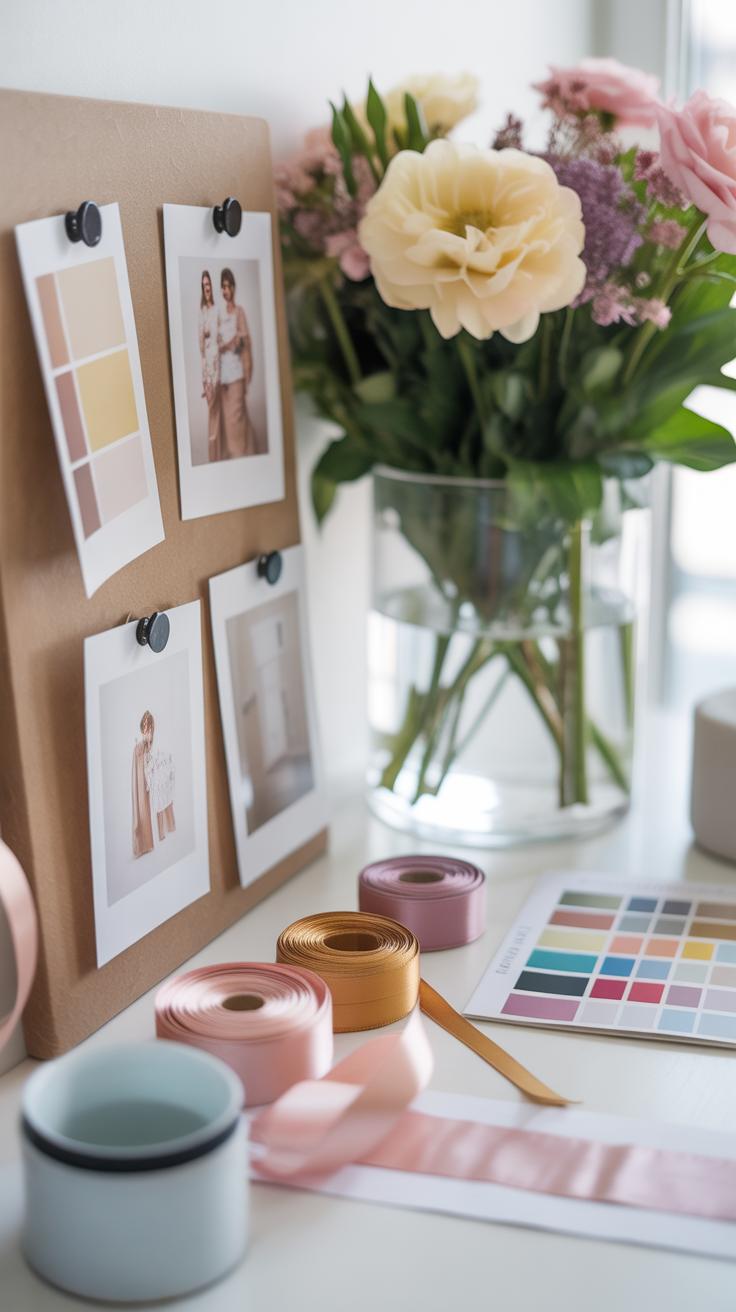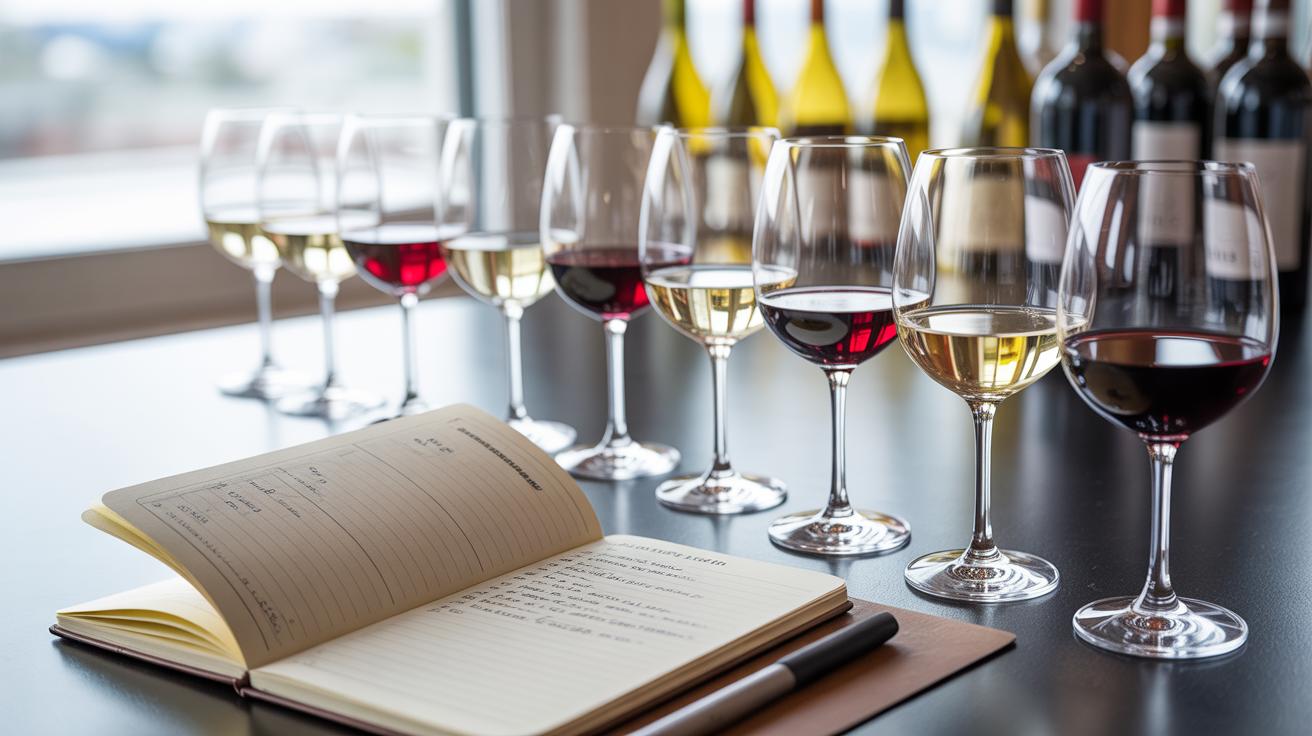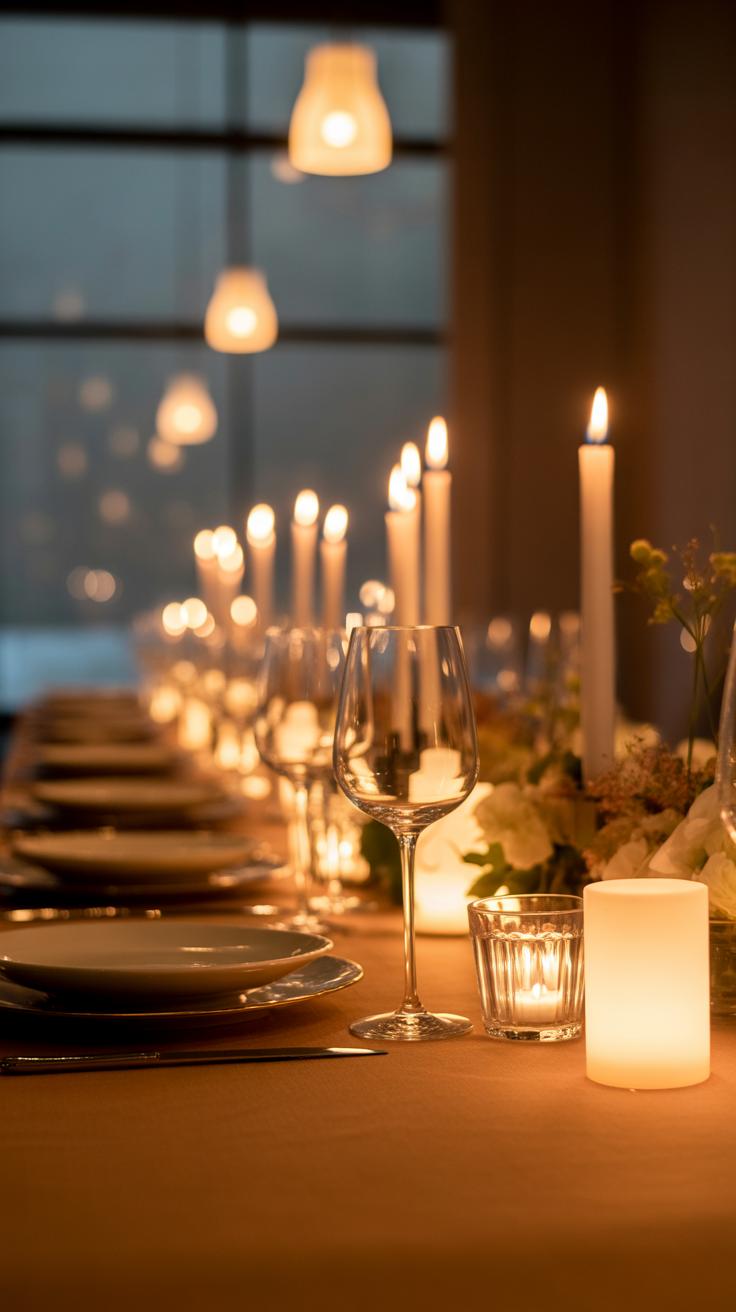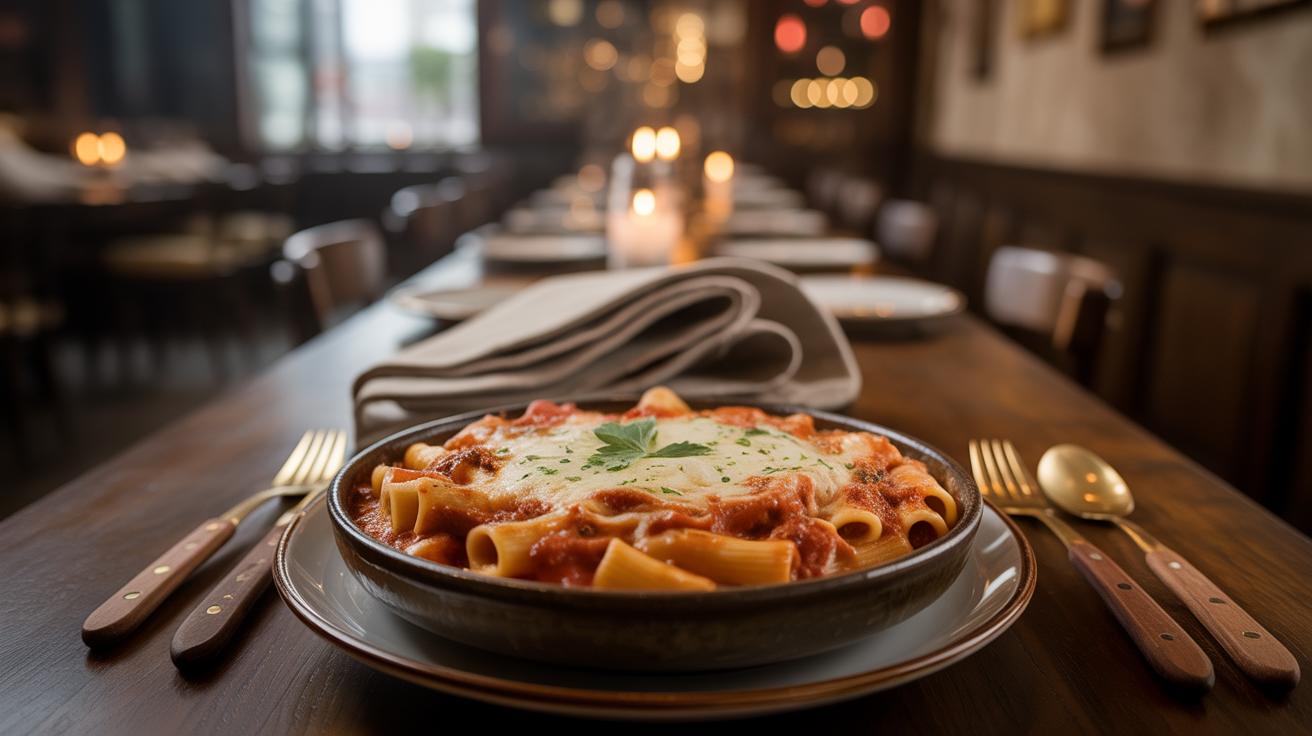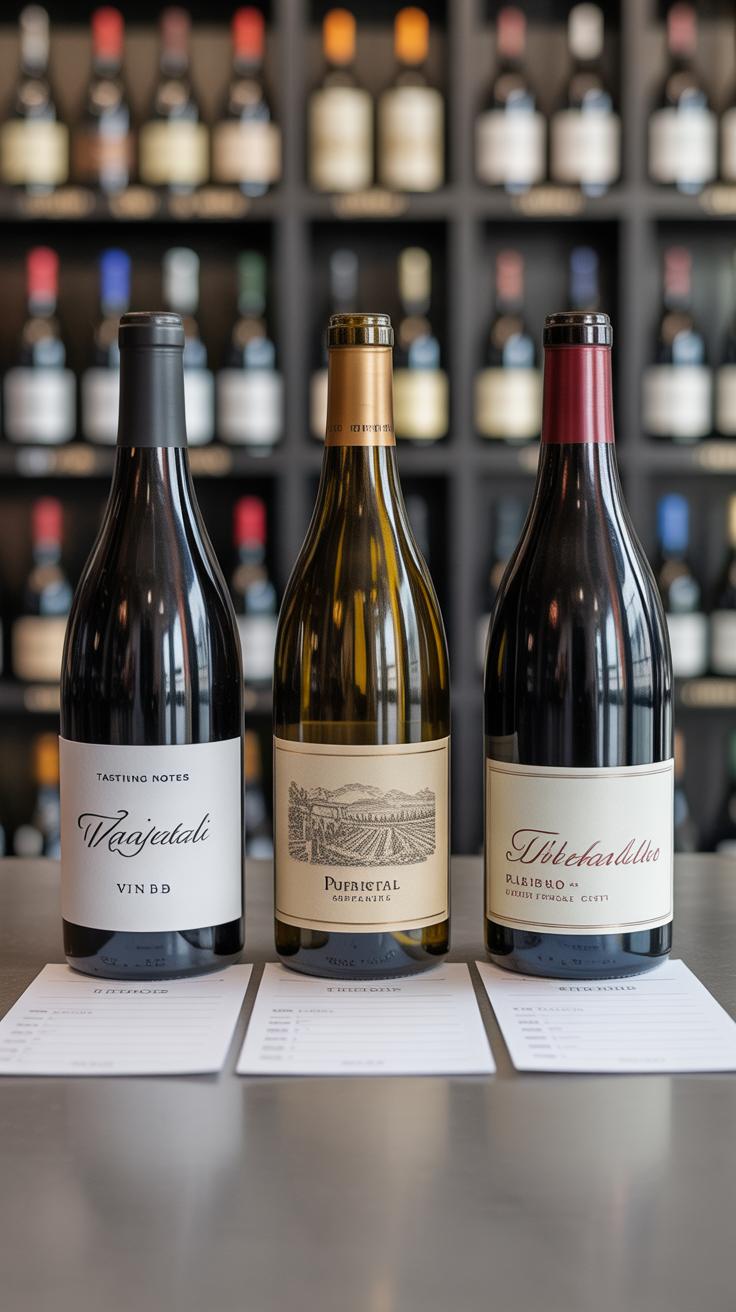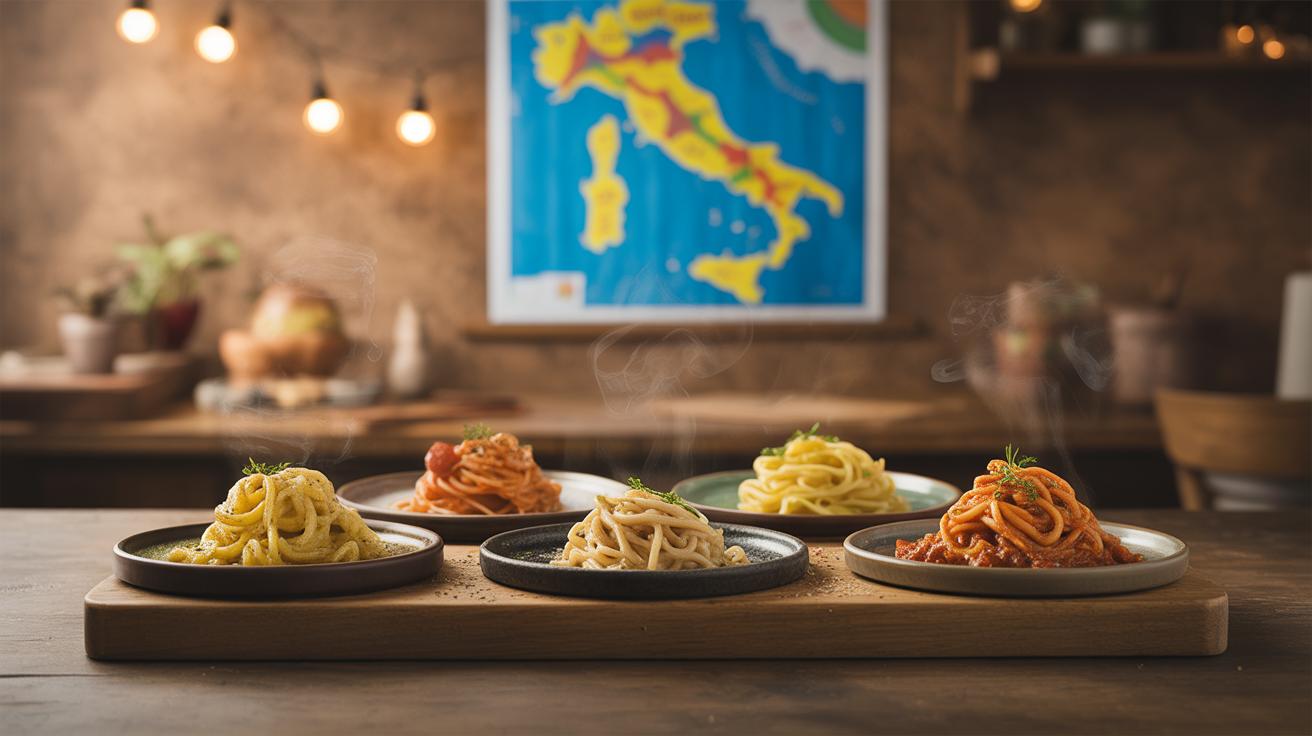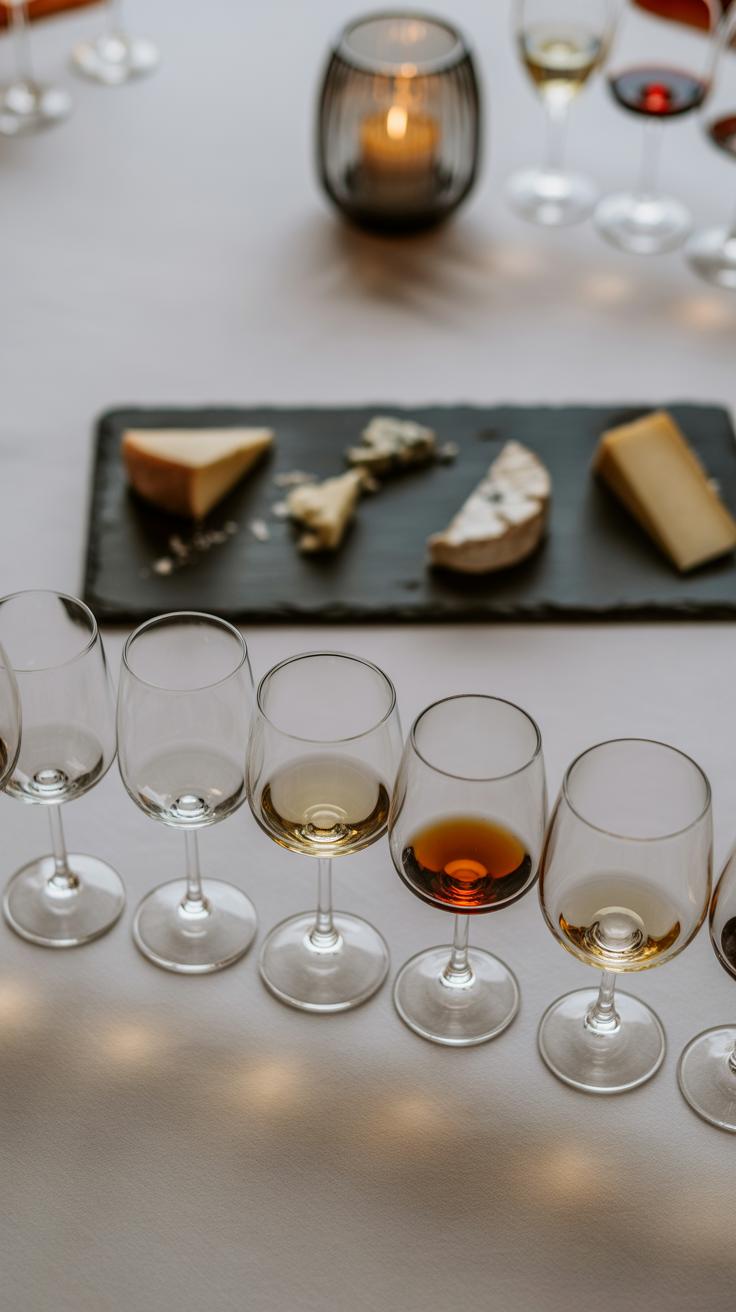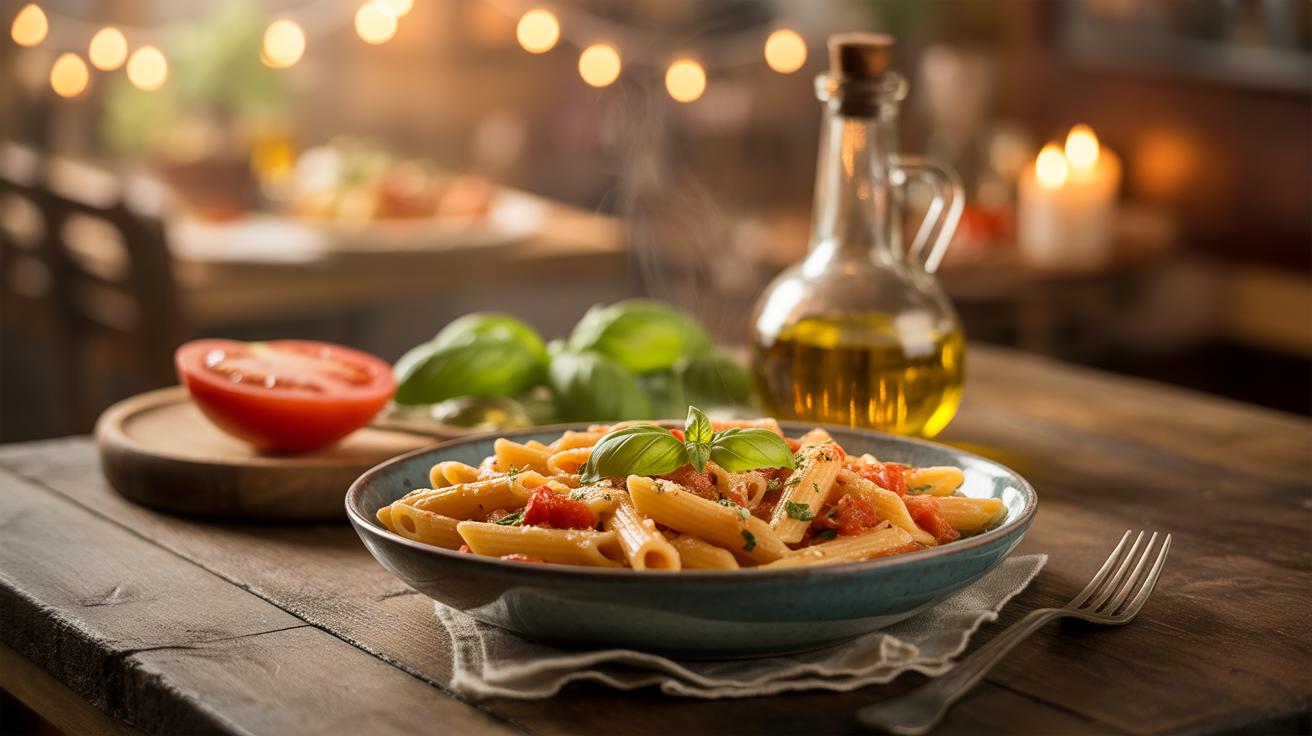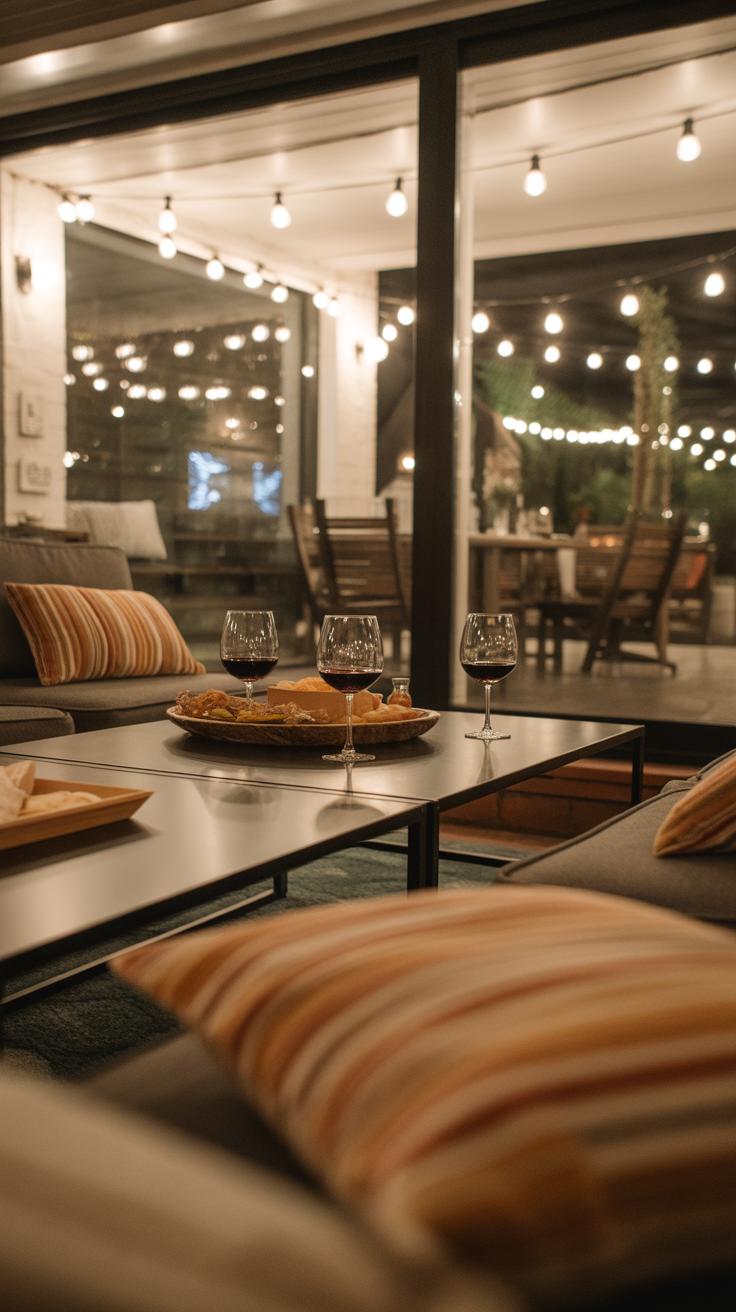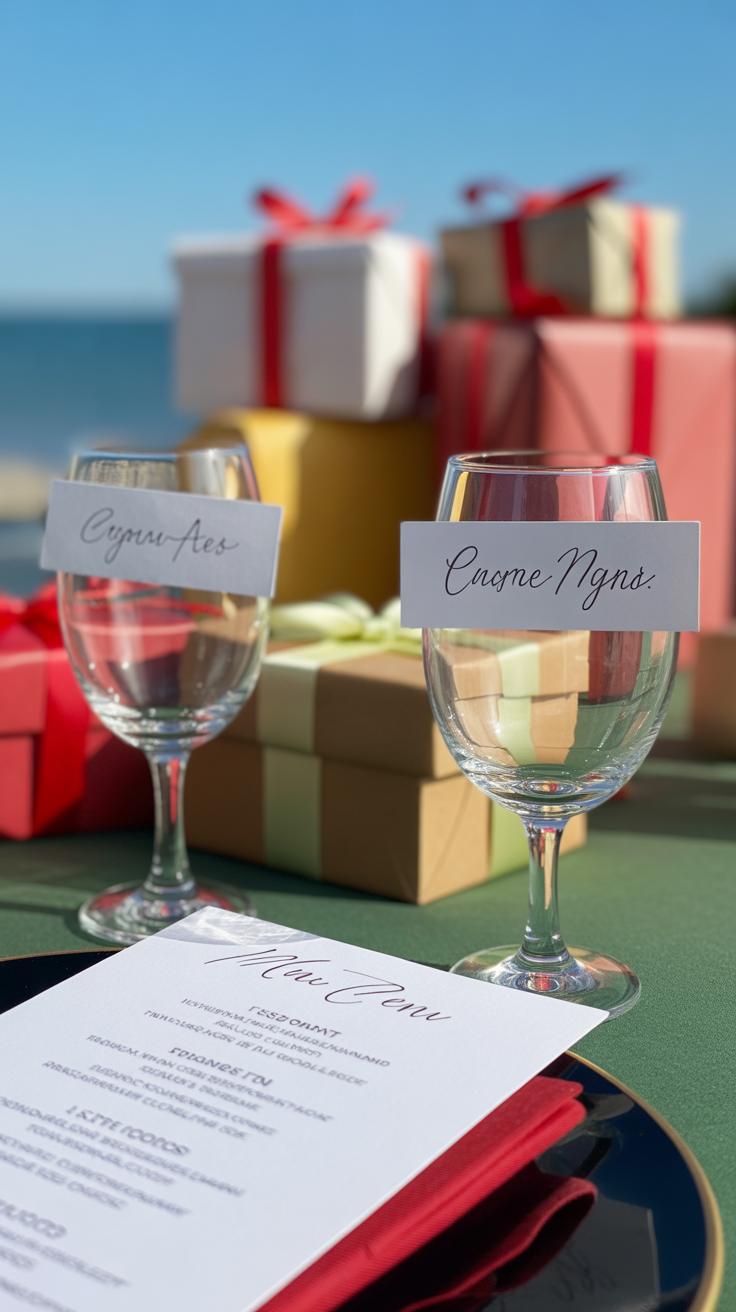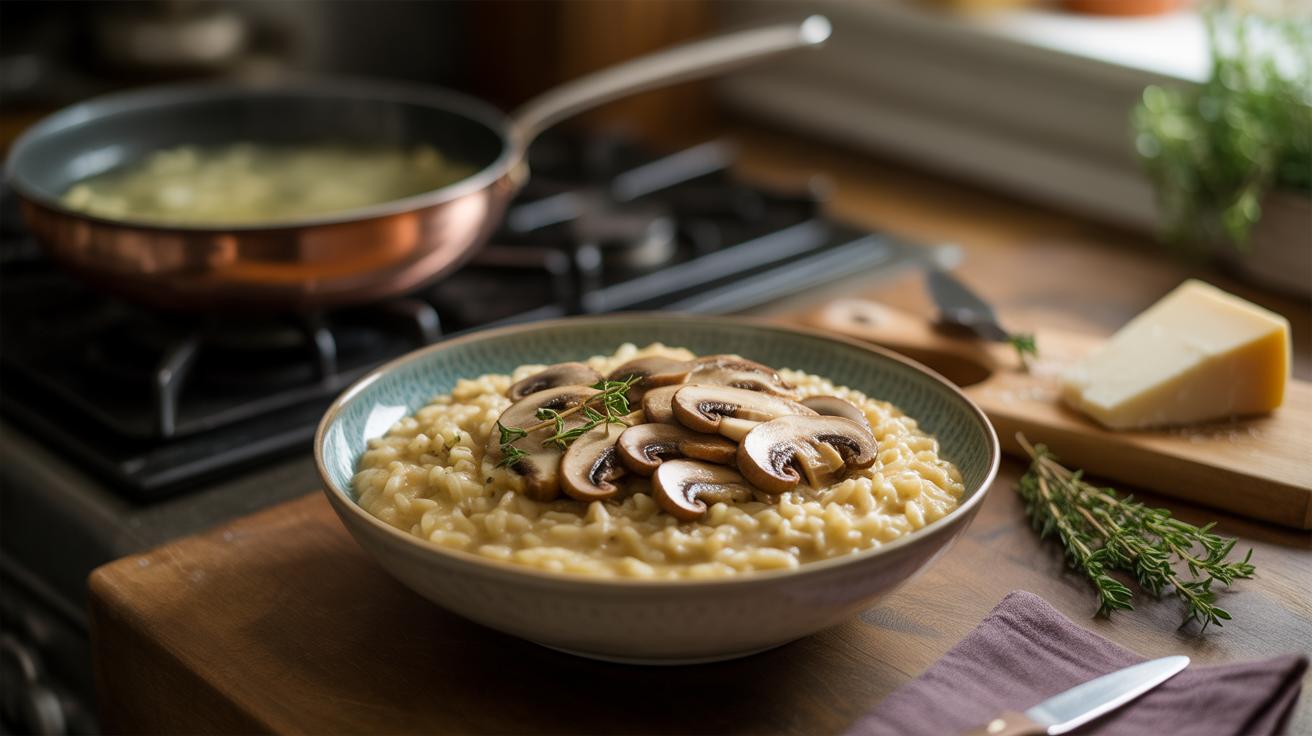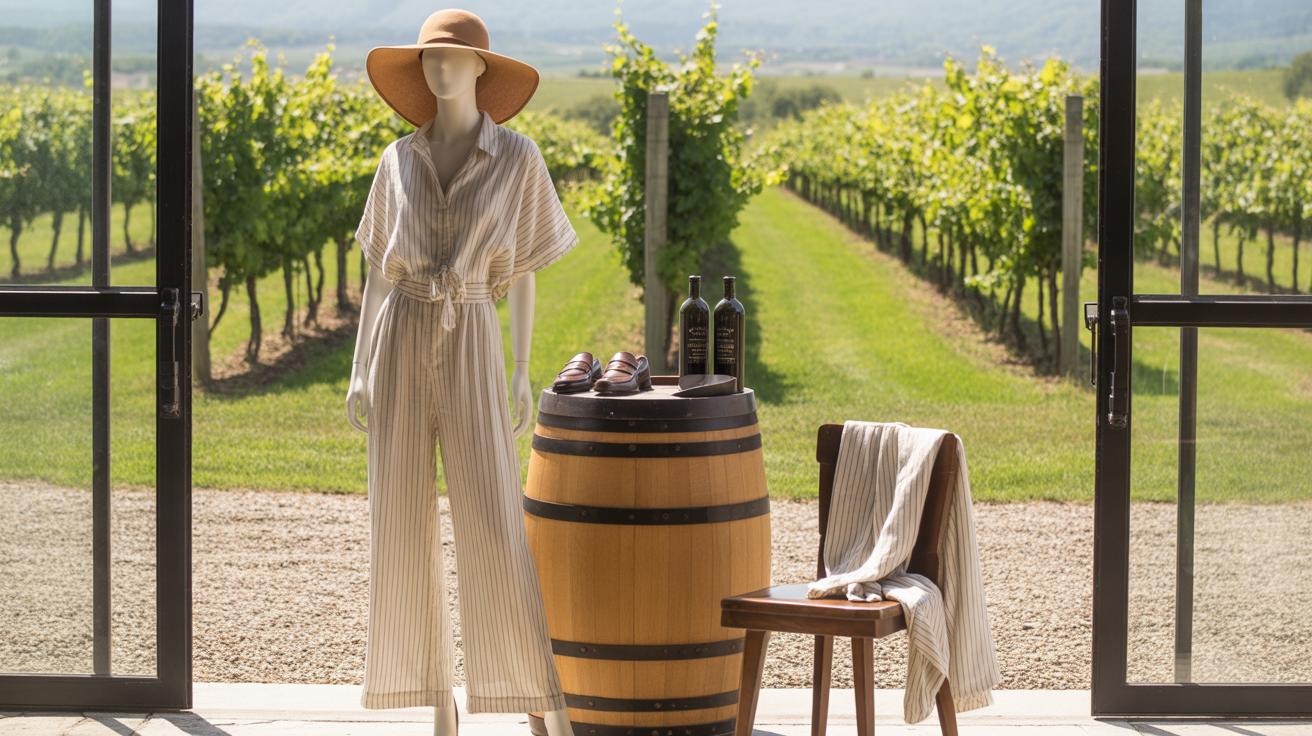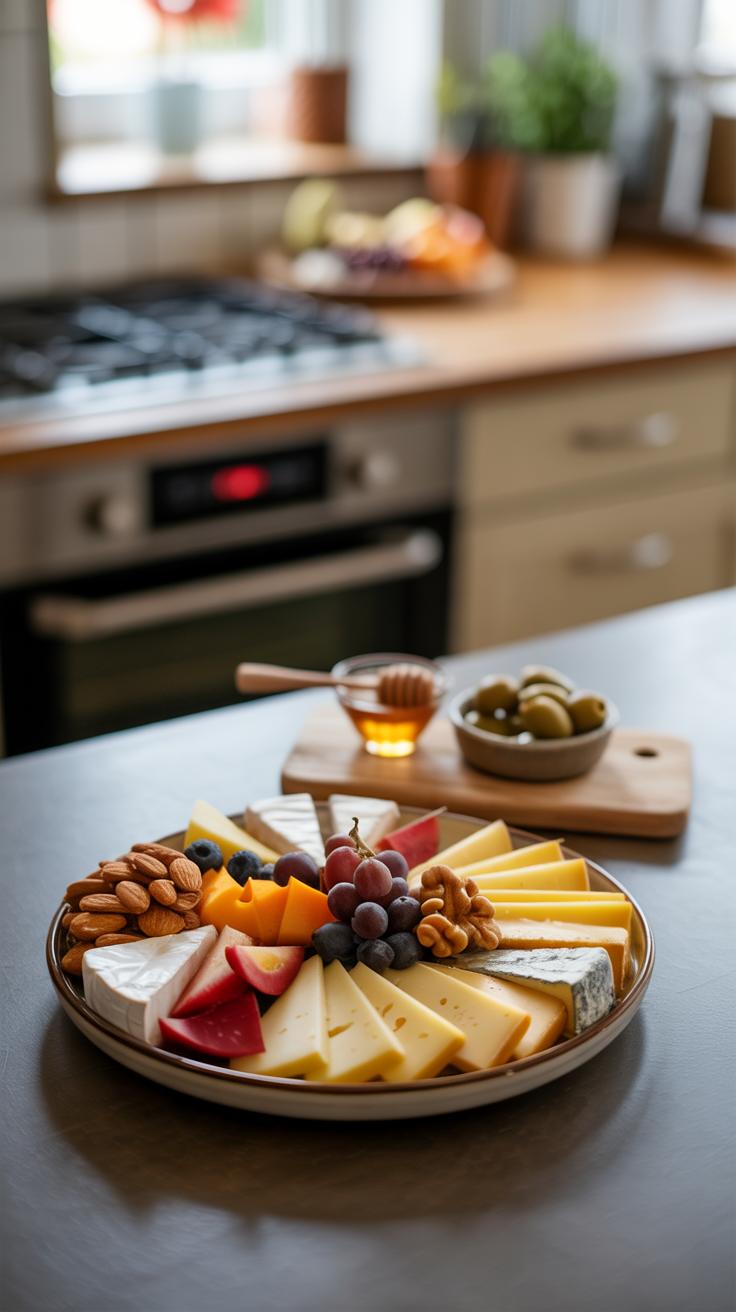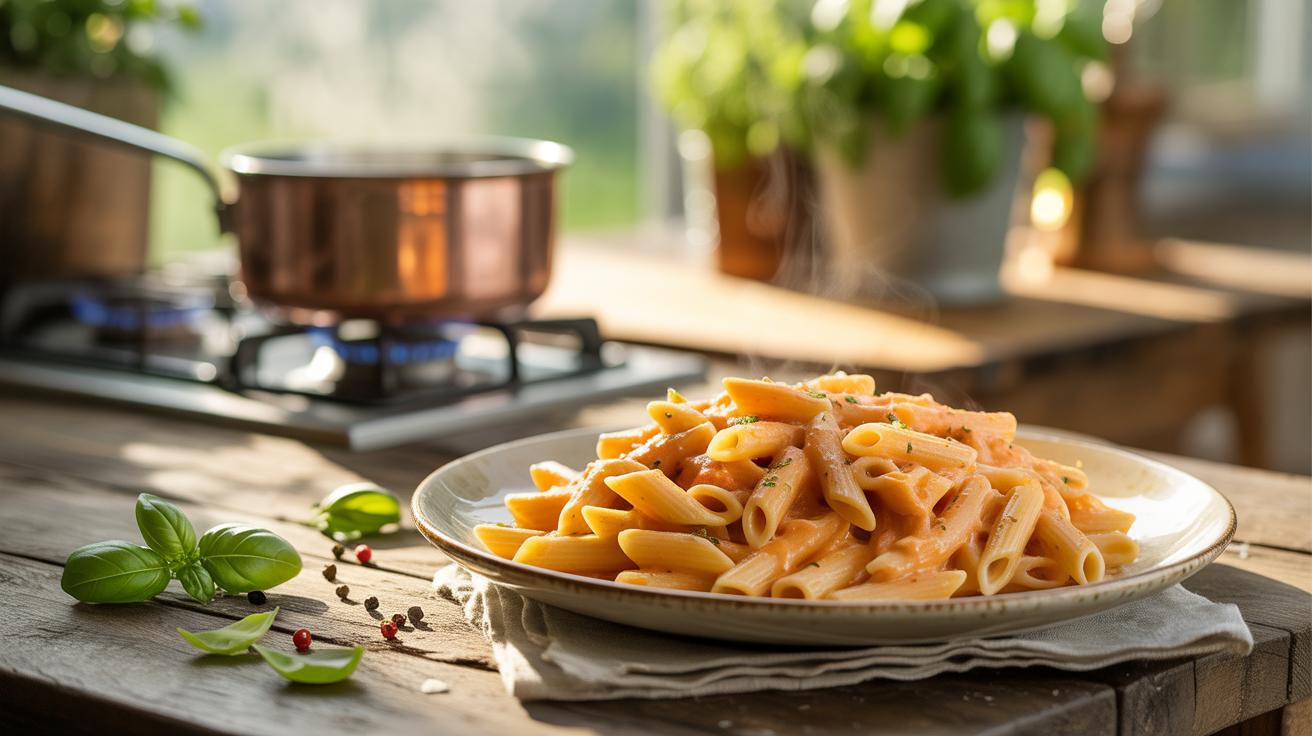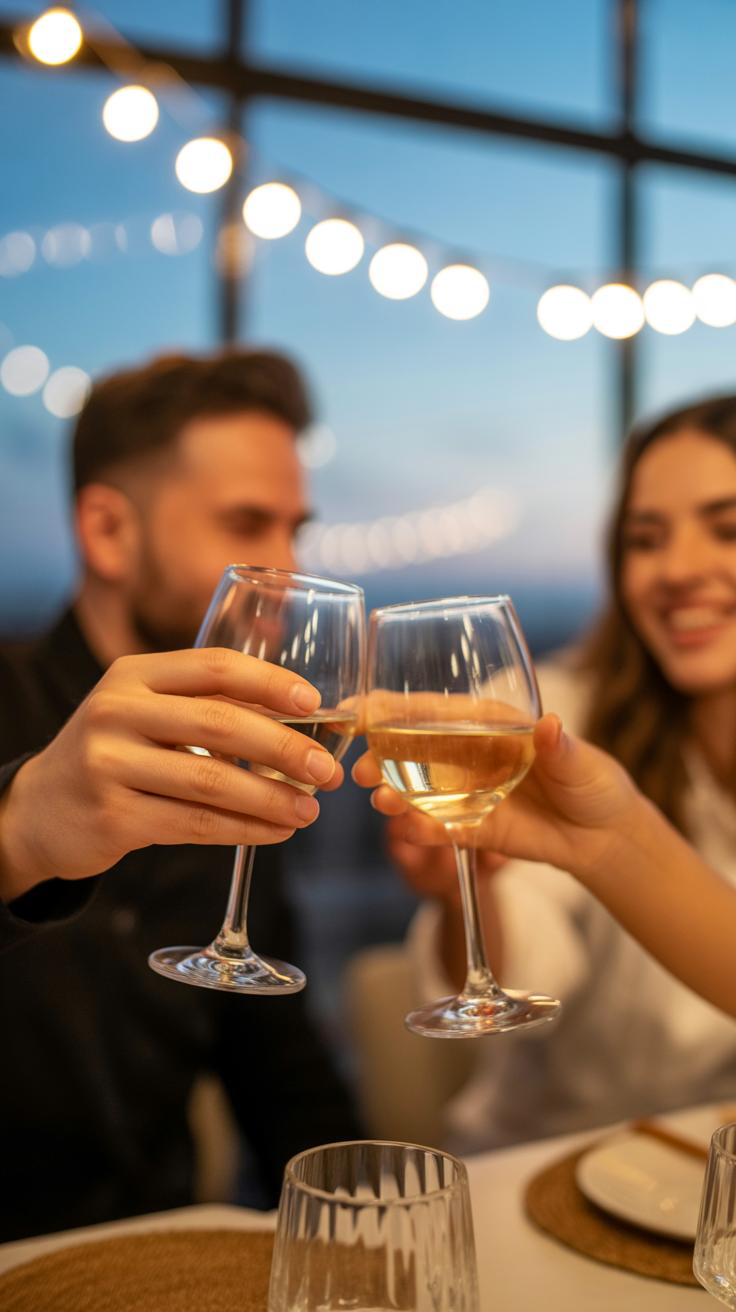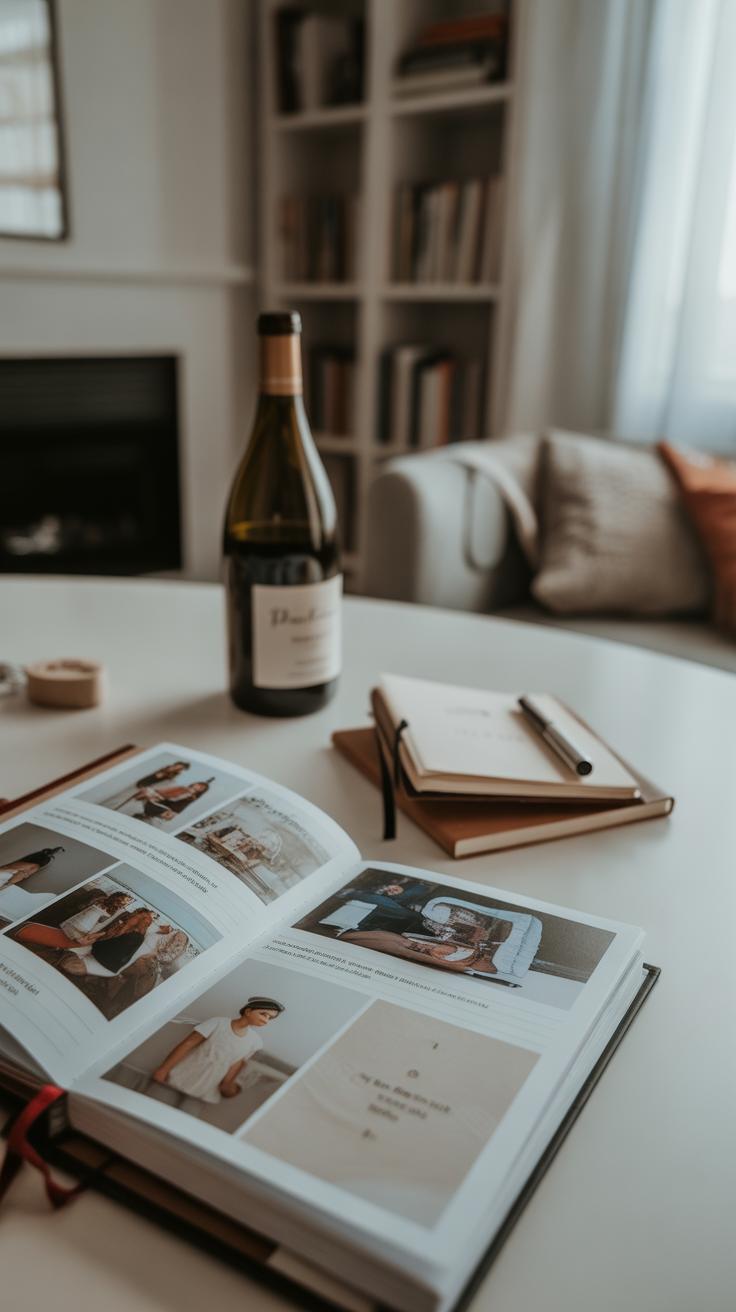Introduction
Wine nights are special occasions that bring people together in a relaxed and joyful atmosphere. Planning a memorable wine night theme can turn a simple gathering into an event that your friends and family will talk about for a long time. Whether you love a classic red or prefer a sweet white, the theme you choose sets the tone and makes the night more fun and meaningful.
In this article, you will find ideas and tips to create unforgettable wine night experiences. We explore how to pick themes that fit your style, how to match wines with your menu, and ways to make your guests feel welcome and involved. Get ready to impress everyone with your thoughtful planning and share great moments sipping delicious wines.
Choosing The Right Theme For Your Wine Night
Picking a theme that really suits your guests and the mood you want to set can turn a simple wine night into something memorable. It’s not just about slapping a fancy label on the evening. The theme shapes how people interact, what they talk about, and even how they taste the wines. When you find the right one, it feels natural—like the evening was meant to be just that way.
You might be tempted to go with something popular like a rustic vineyard vibe or a tasting flight setup. Those are great, sure, but it’s worth pausing and thinking: what do the people coming enjoy? If your group leans toward relaxed chatting with food, maybe a cozy, rustic evening fits. If they’re more adventurous, a tasting flights theme with small pours and explanations could spark more excitement.
Sometimes, even seasonal themes work well—think crisp whites in fall or rich reds in winter. But the “best” theme? That depends on what feels right for your guests, the setting, and yes, even your own vibe. It’s a bit like matchmaking—finding the right fit rather than the flashiest option.
Understanding Your Guest’s Preferences
Knowing your guests’ wine tastes can really tip the scale when planning your wine night. People have their favorites and some surprises, too. Maybe one guest prefers bold reds, while another finds more pleasure in lighter whites. The ambiance they enjoy—quiet and intimate, or lively and chatty—also ties into your theme choice.
When you make an effort to understand those details, your guests feel noticed. The night shapes itself around their enjoyment, making it more personal. Sometimes you find it’s less about the wines themselves and more about the mood they inspire. Consider asking a few subtle questions or recalling past gatherings to see what your crowd prefers.
Popular Wine Night Themes To Consider
There are some themes that tend to pop up often, and for good reason. They work well with various groups and create a sense of occasion. Here are a few to think about:
- Rustic Vineyard – Simple, warm, maybe some wood accents and hearty snacks. It’s approachable and relaxed, perfect if you want a down-to-earth vibe.
- Tasting Flights – A bit more structured. Different wines served in small pours with notes or stories. It encourages tasting and talking about the nuances.
- Seasonal Themes – Tailoring wines and snacks to the time of year, like sparkling rosé in spring or rich cabernets in late autumn. It makes the occasion feel tied to a moment in time.
Each of these offers something slightly different, and sometimes blending a couple works just fine. The key isn’t in complexity but in fitting what your group will actually enjoy. After all, the goal is a night that people remember—whether it’s for the wine, the laughs, or both.
Setting The Table And Ambiance
Preparing your space for a wine night is more than just placing glasses and bottles on the table. The whole atmosphere plays a role in how everyone experiences the evening. Start by choosing a simple table setting that feels inviting—white or neutral-colored linens can highlight your wine bottles and food without overwhelming the senses. You don’t need fancy china; mismatched plates or rustic wooden boards can add charm and warmth.
For decorations, think minimal but thoughtful. A small vase with fresh herbs or flowers can bring life to the table without being too fussy. Candles are almost a no-brainer—they add softness and intimacy. I find that even just one or two at varying heights can make a noticeable difference.
Lighting is crucial. Overhead harsh lights kill the mood. Instead, opt for dimmable lamps or string lights that you can adjust as the night goes on. This lets conversations feel relaxed, yet keeps the space cozy. Don’t forget the music. Choose something unobtrusive, maybe jazz or instrumental, that enhances but never takes center stage. Ask yourself: will the music invite chatting or distract from it? Small tweaks here go a long way.
In the end, your goal is to create a space where your guests feel comfortable enough to slow down, sip slowly, and savor the moment—not rush through it. Does that sound like a setup you’d want to revisit?
Selecting Wines That Match The Theme
Picking wines that fit your theme might feel tricky at first, but it’s mostly about balance and a bit of experimentation. You want your wine choices to reflect the vibe of the night—whether it’s a cozy winter red-only evening or a light, summery rosé affair. Think about what your guests tend to enjoy, too. It’s easy to get carried away by what sounds interesting or exotic, but if no one likes dry whites, maybe skip the Sauvignon Blanc in favor of an off-dry Riesling or a soft Pinot Gris instead.
When it comes to wine types, let the theme guide you but don’t be afraid to mix it up. For instance:
- A Mediterranean-themed night might call for a bold Tempranillo or a crisp Vermentino.
- For a French-inspired evening, a Loire Valley Sauvignon Blanc or a lighter Burgundy Pinot Noir could work well.
- If you’re going with a rustic, casual vibe, try some easy-drinking reds like Merlot or Grenache that appeal to different palates.
Sometimes, a crowd’s preferences can surprise you. I recall a small gathering where I expected everyone to love Cabernet Sauvignon, but a surprisingly strong liking for a chilled Beaujolais emerged. It reminds me—don’t hesitate to ask informally what people enjoy beforehand.
Food pairing plays a subtle yet crucial role. Lighter wines generally pair well with small bites like cheeses, nuts, or fresh fruits. If your menu features richer dishes, like roasted meats or hearty stews, go for fuller-bodied reds. You might find a classic match in a buttery Chardonnay alongside creamy appetizers, or a dry sparkling wine with salty snacks—but sometimes breaking these “rules” can lead to the most interesting conversations about taste.
Would a guest prefer a sweeter wine to complement spicy appetizers? How about a heavier red that still doesn’t overpower a light pasta dish? You’ll find there’s a spectrum of ways to link wine and food that’s worth exploring — or just letting guests experiment on their own. After all, it’s about creating memories, right?
Planning A Wine Tasting Experience
Leading a wine tasting isn’t just about sipping wine—it’s about guiding guests through a mini journey. Begin by encouraging everyone to look closely at the wine’s color and clarity. Is it pale, deep, cloudy? Then, invite them to swirl the wine gently in their glass, releasing the aromas. Ask questions like, “What scents do you notice? Fruit, earth, spice?” This helps focus the senses.
Next comes the tasting itself. Suggest taking small sips and letting the wine spread across the palate. Encourage guests to think about acidity, sweetness, tannins, and finish. Everyone can jot down their notes or just share thoughts aloud. Don’t worry if impressions differ—those diverse opinions often spark the best discussions.
To keep guests involved, consider simple games or prompts. Maybe guess the grape variety or rate wines from most to least favorite. Sharing stories behind a wine or how it pairs with food adds another layer of interest. The key is to make each person feel their opinion matters, even if they’re new to wine.
Creating A Relaxed And Comfortable Atmosphere
Keeping the vibe easygoing is key for an enjoyable wine night. When guests feel relaxed, the conversation flows more naturally, and everyone tends to enjoy themselves a bit more. You don’t need a perfectly polished event; sometimes, it’s the small imperfect moments that make people feel at ease. Maybe start with soft lighting or some background music at a low volume—nothing that demands attention but still fills any awkward silences.
Think about seating arrangements that really encourage people to chat. Circular setups or semi-circles work well because no one feels stuck at the “end” of a table. Cushions or comfy chairs can help too, especially if your night lasts for hours. I once hosted a night with just scattered floor cushions and small side tables, and people tended to move around more, striking up different conversations.
Don’t try to control every minute. Let the evening breathe. Avoid a strict schedule—it’s fine if some parts stretch or slow down a bit. Watch your guests’ energy, and if people are really into one tasting or story, let that linger. The goal isn’t to check boxes but to create space where everyone feels free to relax at their own pace. Sometimes, less structure actually makes for a more memorable night.
Adding Personalized Touches To Your Wine Night
Small details often make the difference between just another gathering and a truly memorable evening. Custom wine labels, for example, can turn ordinary bottles into conversation starters. You might print quirky, themed labels that reflect the vibe of your night—maybe something tied to the region the wine’s from or a pun that only your group gets. Guests tend to appreciate that kind of effort; it feels like the event was crafted just for them.
Name tags help too, not just for identifying who’s who, but as little keepsakes. You could choose elegant handwritten tags or even cork-name holders for a rustic touch. It’s those tiny touches—easy to overlook—that often stick with people afterward.
Creative Invitations And Favors
Invitations set the tone before the night even begins. Instead of standard e-vites, think about sending something tactile and tactilely appealing: a postcard designed like a vineyard label or a miniature bottle-shaped card tied with twine. It hints at the theme and gives guests something to anticipate.
For favors, match them to your theme but keep it simple. A small box with chocolate truffles, mini jars of local honey, or a single fancy corkscrew can work well. These don’t need to be expensive or elaborate, really. It’s the thought that counts and how it ties to the wine experience.
Personalized Wine Notes And Stories
Sharing stories about the wines or the guests—well, that’s where a wine night becomes truly engaging. Maybe the wine comes from a family vineyard or was discovered on a memorable trip. Sharing these tidbits invites guests to connect to the bottle on a personal level.
Sometimes, asking guests to bring a wine with a story or to share a brief anecdote can surprise everyone and spark deeper conversations. It moves the focus beyond tasting notes and makes the night about people and experiences, not just the drinks themselves.
Incorporating Food Pairings And Recipes
Choosing the right dishes to accompany your wine can make a big difference, though it’s not always about complicated recipes. Sometimes, simple snacks like a sharp cheddar with a bold Cabernet or fresh strawberries alongside a light Pinot Noir work just fine. You want foods that lift the wine’s flavor, or maybe balance it out—like creamy cheeses softening a tannic red.
When planning, consider these tips:
- Think about texture as much as taste—for example, crunchy nuts with buttery Chardonnay.
- Use ingredients that echo the wine’s notes, such as herbs that pick up on a Sauvignon Blanc’s green flavors.
- Don’t overcrowd flavors; sometimes minimalism pays off better than a complex dish.
For easy recipes, I’ve found bruschetta with tomato and basil pairs surprisingly well with almost any red. Or even something like smoked salmon on cucumber slices for white wines. It’s simple, yet feels thoughtful.
As for serving, timing is key. Serve cold dishes chilled, but not icy, and reds slightly below room temperature so they don’t feel dull. Arrange bites and wines in a way that lets guests try one, then the other without too much waiting. It keeps the experience fresh and inviting rather than rushed or stale.
Capturing Memories And Moments
Documenting your wine night goes beyond just taking a few photos here and there. It’s about capturing the feeling—the laughter, the discoveries, the small debates over which wine paired best with the cheese. Try setting up a simple guestbook or comment jar where friends jot down quick thoughts or funny quotes from the evening. Those little notes often surprise you later, sparking memories you might have almost forgotten.
Photos are great, but think about mixing things up a bit. Instead of just group shots, have some quirky props on hand—think vintage wine cork hats, funny wine glass markers, or themed backdrops that tie into your night’s wine selection. These setups encourage guests to loosen up and be playful, making the photos more genuine—not just posed smiles.
Keeping a wine night journal might sound a bit formal, but it really helps anchor your experiences. Write down impressions, which wines stood out, unexpected favorites, or even the mood of the group. Over time, this journal becomes a handy resource. You’ll find yourself flipping through it before choosing wines for your next gathering, or just revisiting joyful moments that felt perfect in the moment but could have slipped away.
Planning Future Wine Nights And Building Traditions
Learning From Each Gathering
After each wine night, take a moment—maybe even a day or two later—to think about what really worked and what felt a bit off. Did the theme spark good conversations? Were the wine selections enjoyed or mostly passed over? Sometimes a simple detail, like the lighting or music, can change the whole vibe. Maybe your guests loved the cheese pairings, or maybe those unfamiliar wines didn’t hit the mark. Reflecting on these small moments helps sharpen your next event.
It’s okay if not every idea hits perfectly. Sometimes, you’ll find a mix that feels right on paper but not in practice. That’s part of the process. Ask yourself which parts sparked the best laughs or quiet moments. Those clues guide you toward improving the experience slowly, without pressure.
Creating A Recurring Wine Night
Once you’ve had a couple of get-togethers, you might notice a rhythm emerging. This could lead to turning your wine night into a regular thing—monthly, seasonally, or whenever it fits. It doesn’t need to be complicated. In fact, keeping it simple can be more fun and less stressful.
Try choosing ongoing themes; for example:
- Exploring wines from a particular region over several months
- Pairing wines with different types of chocolate or even meals
- Guest-led nights where everyone brings a bottle and tells a story
Making it recurring fosters anticipation and builds familiarity among your guests. It’s not just about the wine but about creating moments people look forward to, ones that slowly become traditions. And who knows? Maybe a simple wine night you started on a whim turns into a beloved ritual that everyone counts on to reconnect and unwind.
Conclusions
Hosting a themed wine night is a wonderful way to enjoy your favorite drinks and connect with loved ones. By choosing a theme that matches your taste and the occasion, you create an inviting space where everyone can share stories, learn about wine, and relax. Remember to keep the focus on enjoyment and good company to make your night truly special.
With the ideas shared here, you have practical ways to plan, set up, and enjoy your wine night. Try different themes, explore new wines, and don’t be afraid to add your personal touch. Your next intimate gathering will be a memorable event filled with laughter, good wine, and warm memories.

